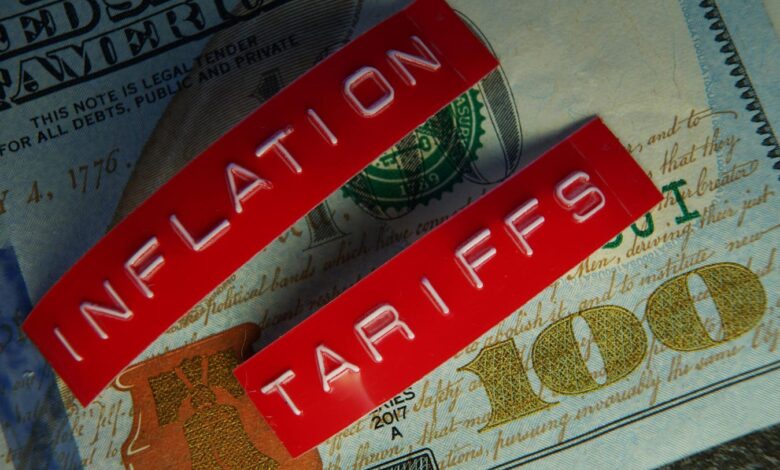Where Is The Inflation We Feared From Tariffs?

📝 usncan Note: Where Is The Inflation We Feared From Tariffs?
Disclaimer: This content has been prepared based on currently trending topics to increase your awareness.
It is too soon to think that tariffs are harmless. Inflation has been subdued so far, but there are reasons to believe this will not last long.
getty
Analysts predicted that the tariffs imposed by the Trump administration on imported goods would trigger a surge in inflation. Given the U.S. imports a lot of goods from coffee to cars, this seemed a reasonable assumption.
This week’s CPI report showed a modest uptick in the Core number, which excludes volatile food and energy categories. On one hand, at 3.1%, it’s the highest reading since February and above any level seen in the 25 pre-pandemic years between 1995 and 2021, and it’s still not close to the Fed’s 2% target. But this is hardly runaway inflation. The subsequent PPI report sparked slightly more concern coming higher than expected, but it was growing at even higher annual percentage changes last December through February, well before the tariffs.
So, are tariffs as bad as analysts first feared? The answer: not quite, and not yet. But this may be because tariffs are nowhere close to the very high levels that make headlines.
The Effective Tariff Rate Tells The Story
Tariffs actually paid by U.S. importers are far lower than the headline rates set by the administration. In June, U.S. Customs collected $23.6 billion in duties on $258 billion in imports for consumption (which excludes imported goods still in warehouses). This works out to an effective tariff rate of about 9%. This is higher than the 2.3% rate from a year ago but still well below the official rates set for any country. Goods from China, for example, have a current rate of 30%, Mexico 25% and Canada 35% – the nominal rates at the time of this writing for the U.S. main trading partners. This may reflect the fact that some goods are exempt, such as USMCA-compliant goods and certain steel products and auto parts.
Timing and Inventory Strategies
More importantly, many importers are absorbing the costs of tariffs rather than passing them on to consumers—at least for now. That may not last long, and ultimately the public will bear the cost. In addition, some importers stockpiled goods ahead of tariff implementation, leading to a visible spike and subsequent drop in imports before and after “Liberation Day.” And yet others may be holding off on imports until negotiations reach a definitive outcome, because the process has certainly been halting and confusing.
These three factors don’t affect the effective tariff rate, but they do influence when and how costs show up in consumer prices.
Imports surged in the first quarter in an effort to avoid tariffs, and subsequently plunged in the second. Fewer imports are expected for the rest of the quarter as tariffs begin in earnest.
St. Louis Fed, Path Financial LLC
The Debate: One-Time Shock or Persistent Inflation?
Economists also disagree on whether tariffs fuel ongoing inflation or simply cause a one-time price jump. James Bullard, former St. Louis Fed president and another name in the growing list of possible candidates to succeed Fed chair Jerome Powell, favors the one-time shock view. If a $100 import now costs $120 due to tariffs, prices have jumped, but they’re not rising continuously.
But, if wages don’t rise to match those jumps, consumer spending could fall and slow the economy. This, incidentally, could lead to more persistent inflation if demand for higher wages (to keep up with the higher costs) drives up the cost of labor. This is how wage-price spirals start and represent a big headache for the Fed.
Bottom Line
It’s too soon to declare that tariffs won’t cause inflation. The current effective tariff rate is still low, and that suggests that more price pressures lies ahead. Pre-tariff inventories will eventually run out, and companies absorbing costs are unlikely to keep doing so. And if tariffs only cause a one-time jump in prices, weaker purchasing power could slow the economy.
For now, stock markets remain optimistic, buoyed by modest inflation and a still-strong economy. But history shows that such optimism can fade quickly. It would not be the first time that investors find themselves disappointed.




